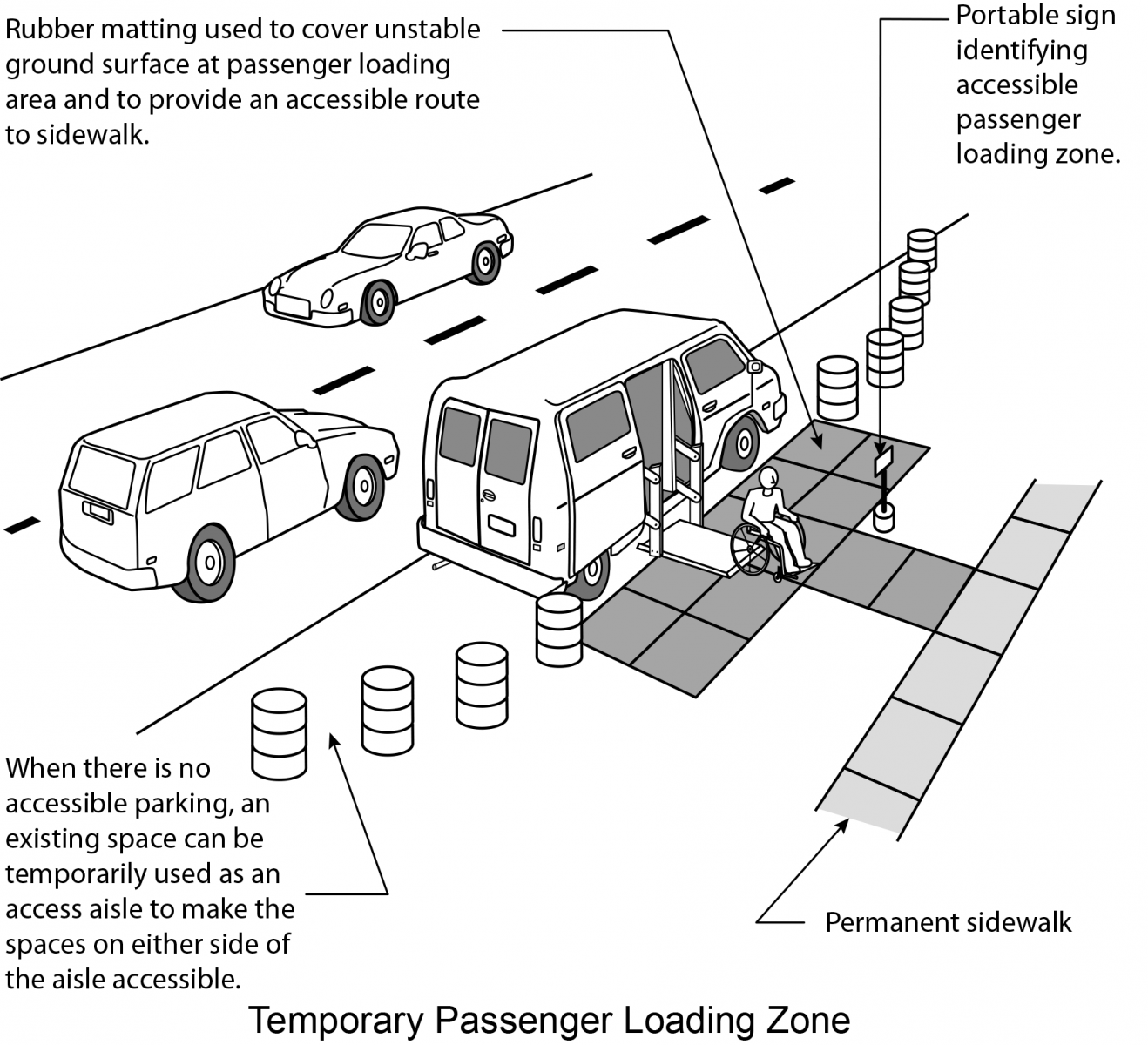Planning a group trip can be challenging, but when you have Blue Badge holders in your travel party, additional considerations must be taken into account. Ensuring accessibility for everyone in your group requires careful planning, communication with local authorities, and securing appropriate parking.
Why Accessibility Matters in Group Travel
When organising a group trip that includes disabled individuals, accessibility should be a top priority. Challenges such as finding suitable transport, ensuring enough disabled parking spaces, and coordinating with local services can arise.
Here are some key factors to consider:
- Availability of accessible parking close to the venue.
- Ensuring the transport method can accommodate wheelchairs or mobility aids.
- Checking venue policies regarding disabled access and facilities.
If you are planning to renew a Blue Badge before traveling, read our guide on How to Renew Your Blue Badge.
How to Reserve Blue Badge Parking for Group Travel
When traveling in a group that includes Blue Badge holders, securing parking in advance is highly recommended. Here’s how you can do it:
- Contact Local Authorities: Many councils provide dedicated accessible parking spaces, but these may require prior booking.
- Check with the Destination: Tourist attractions, hotels, and event venues often have their own accessible parking policies.
- Use Online Services: Some local authorities and private car parks allow you to book accessible spaces online.
- Confirm Parking Time Limits: Certain places have restrictions on how long Blue Badge holders can park.
For the latest updates on Blue Badge regulations, visit What Are the New Rules for a Blue Badge?.
Communicating with Local Authorities and Tourist Destinations
Before setting off on your trip, it’s best to reach out to local councils and the venues you plan to visit. Here’s how:
- Call or email the local council to inquire about accessible parking availability and any necessary permits.
- Check the official websites of tourist destinations for accessibility details.
- Ask if there are drop-off points closer to entrances for individuals with mobility issues.
- Confirm whether the parking spaces have the necessary facilities, such as ramps or extra-wide spaces.
Best Transport Options for Group Travel with Blue Badge Holders
Choosing the right transport for your group can make a significant difference in accessibility and convenience. Consider the following options:
- Accessible Minibuses: Many hire companies offer minibuses equipped with ramps and space for wheelchairs.
- Trains and Coaches: Most public transport options now provide accessible seating, but reservations may be required.
- Private Vehicles: If traveling in separate cars, ensure each Blue Badge holder has their badge correctly displayed.
For more details on how to apply for a Blue Badge, visit How to Apply for a Blue Badge Online.
Common Challenges and How to Overcome Them
Despite careful planning, some challenges may arise. Here’s how to handle them:
- Limited Parking Spaces: Arrive early or book in advance to secure a spot.
- Unclear Signage: Check online maps or call ahead to confirm parking locations.
- Unexpected Restrictions: Always have a backup plan for alternative parking or transport.
Best Practices for a Smooth Accessible Group Trip
To ensure a hassle-free trip, follow these best practices:
- Assign a designated organiser to handle accessibility arrangements.
- Confirm all reservations in advance, including transport and parking.
- Communicate the itinerary clearly to all participants.
- Be prepared with necessary documentation, such as Blue Badges and medical certificates.

